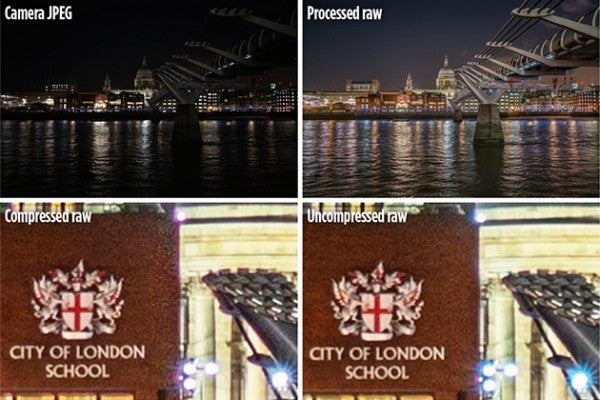Professor Bob Newman looks at Sony’s new uncompressed raw file format
Sony has launched an uncompressed raw file format that is available for its premium cameras such as the Alpha 7R II. The new format omits the compression found in previous Sony raw files.
Sony should be given its due in being responsive to user comments and requests, and it should also be realised that the deficiencies in its old raw format would not be apparent were it not for superb image quality that its sensors can provide. This problem was unearthed by photographer Iliah Borg and photographic software developer Alex Tutubalin, who are jointly responsible for a number of raw-related software products, including the raw developer RPP, the raw analyser RawDigger and the software library LibRaw, presumably as a part of their work in understanding and decoding the various manufacturers’ raw formats.
Until now, Sony has only offered compressed raw files. The compression used is lossy, and at this stage we must differentiate this from lossless compression that eliminates data that carries no information and can therefore be reversed. By contrast, lossy compression eliminates information. The hope of the designer of the compression scheme is that the eliminated information relates to parts of the image that are invisible.
This elimination of information can be achieved in a number of ways. One is to use non-linear encoding. The notion is that the bright parts of an image are usually over-encoded and so fewer bits can be used to encode them. The over-encoding occurs because the bright parts of the image carry the greatest quantity of photon (shot) noise, which naturally dithers the image. Thus, any subtlety of tone provided by fine gradations in coding levels is swamped by the natural noise. This is the concept behind Nikon’s lossy raw format and is also used in Sony’s raw format, where it is used to transform a 14-bit sensor output into an 11-bit code. Sony’s coding scheme further compresses the 11-bit data into an effective 8-bits per pixel by using a delta-modulation scheme within 16-pixel blocks.
The problem with Sony’s scheme is that errors are introduced if the range of brightness difference (delta) within each block is too large. These errors are apparent only in blocks containing sharp transitions from dark to bright, and only then if some extreme processing has been used. Unfortunately, the Sony sensors take well to such processing, opening up some useful options to photographers. With this problem, Sony partially negated one of its big advantages, which is presumably why it has decided to offer its users the uncompressed option.
You can read Alex and Iliah’s original article at www.rawdigger.com/howtouse/sony-craw-arw2-posterization-detection.
Bob Newman is currently Professor of Computer Science at the University of Wolverhampton. He has been working with the design and development of high-technology equipment for 35 years and two of his products have won innovation awards. Bob is also a camera nut and a keen amateur photographer





